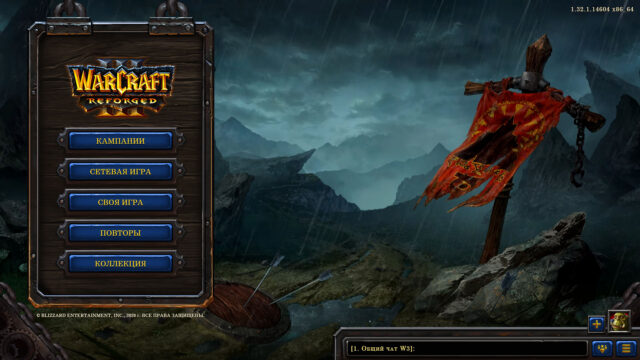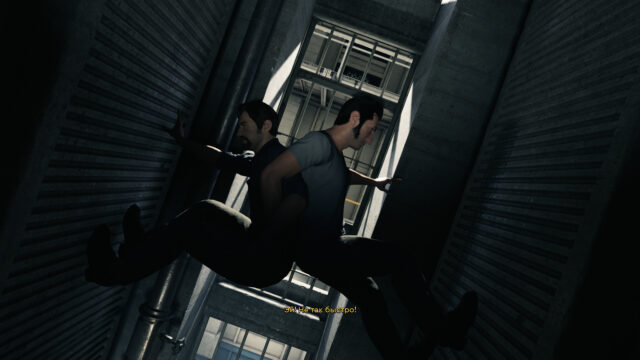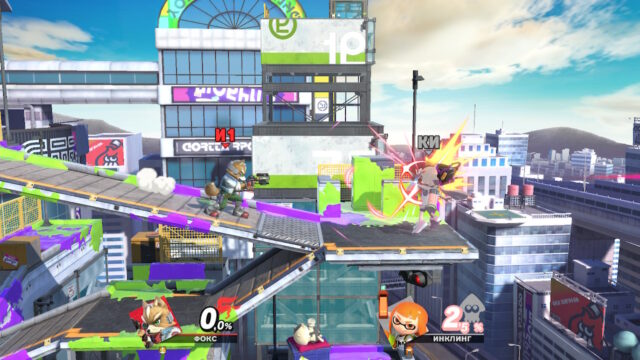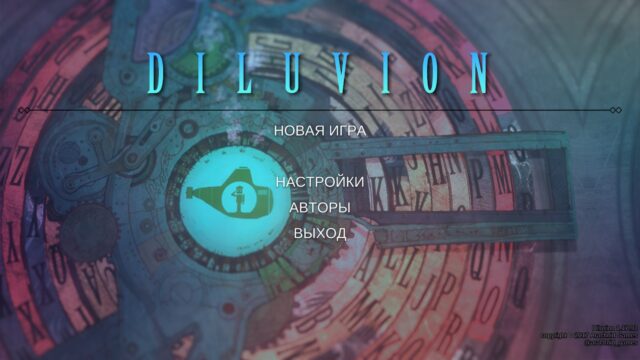Dragon Age II Review
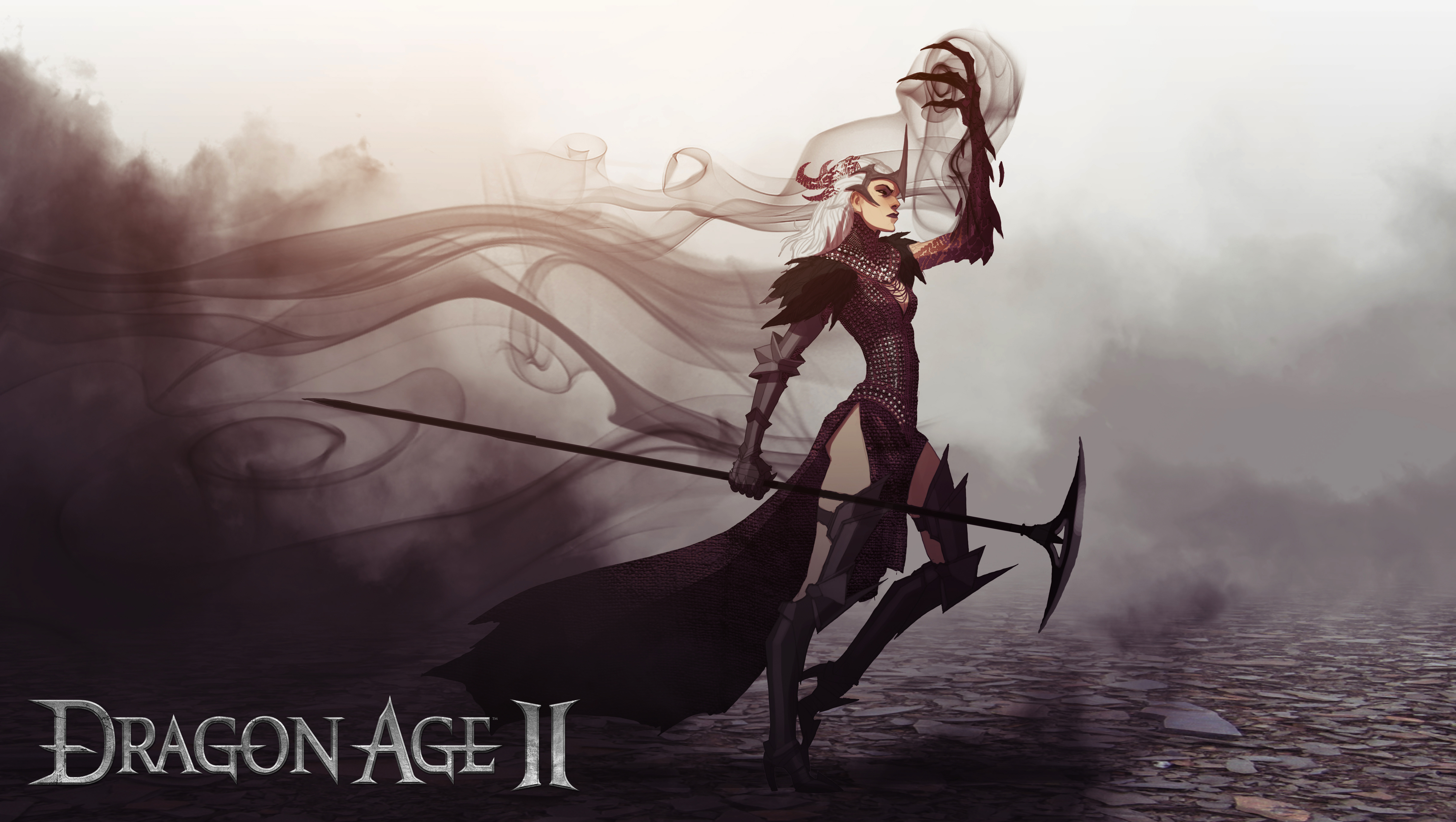
A true Dragon Age fan read paragraphs of the Codex. Probably. I have an acquaintance, a student, who chose a laptop based on the principle of “being able to run Dragon Age 2”, but I know nothing about her literary explorations in the kingdom of Ferelden. However, I have no doubt that she had at least three saves ready to feed the client with the new game in the prologue. As for me, I only found one save in my stash, and even that was only halfway through the story. As an experiment, I fed the client what I had of DA 2. To my joyful surprise (did the developers mention this feature before the release? If so, I don’t remember), the game devoured the “unfinished” file, happily replacing the missing parts of the original story with a pre-prepared plot for newcomers to the world of DA.
I started playing the new creation by Bioware, but the bad idea of finishing the DA:O storyline with my own hands wouldn’t leave me alone. In the end, I plowed through the story at a breakneck pace in 15 hours (lucky those who can afford it), gathering around me people, elves, and dwarves as the Grey Warden Gandalf (the name could have been anything, but the joke was too bad to pass up), and settled down like a restless boa constrictor for the adventures of the Defender, who rose from an unwanted refugee in a foreign city to, well, you’ll find out what happened there.
For my madness, I was rewarded – here and there in the sequel, quests pop up that rely on the events that happened (or were caused) by the Warden, and the dialogues of the characters are filled with references to past achievements. For example, at the very beginning of the game, I had to chase away fraudsters who were profiting from the fame of the healing sacred ashes of Andraste, which I carelessly advised to reveal to the whole world. Maker’s breath, I’m home.
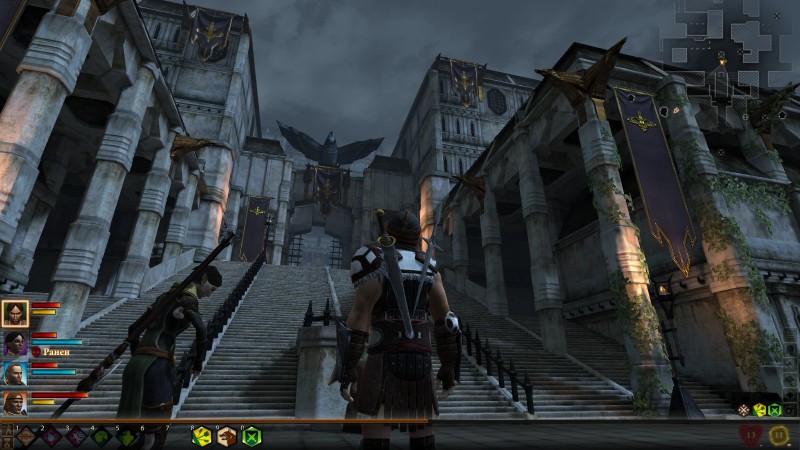
Upper town, night.
The defender, regardless of the chosen profession, will be faster than the Guardian. How quickly he and his companions destroy the Mor and all other enemies! The battles have become more intense: one and a half seconds for one enemy, another two for another – the heroes who were not in a hurry before now literally jump on the enemies. The speed of each individual duel is balanced by their total number – there are many more monsters of different calibers craving for personal game over compared to Origins. But the feeling of not just speed, but simply a high pace of the game still captivates you and carries you through the plot and locations.
Everything works to keep the player from coming down from the sky to the ground: quests are taken and completed easily and effortlessly. You are always busy, rushing somewhere for some reason, along the way you come across various interesting finds that can be profitably sold to their owners without slowing down, and all the tasks are settled – it takes your breath away. You now think about the options for answers in dialogues for no more than a couple of seconds, and the mazes of dungeons repeat from location to location… wait, what?
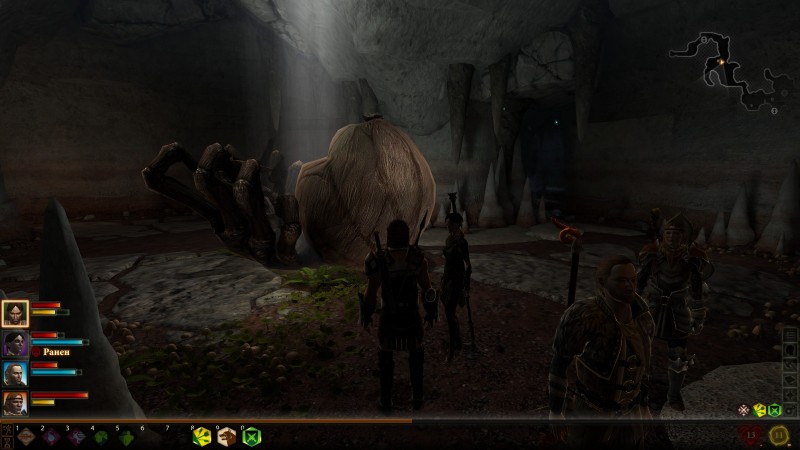
I suggested to him to make peace, but he didn’t listen.
The feeling of a catch made me release the steering wheel at some point in the game, to which I had firmly clung, following the idea laid down by the developers, in order to cope with the speed of events. And here I looked around carefully, almost for the first time.
Well, credit should be given to Bioware: the developers have removed many truly useless things from the game that only hindered the gamer. The abandonment of stylized menus in favor of an interface that is not particularly helpful in immersing the player in the world of magical medieval times, but is very convenient and informative, is a real little feat. There is no more boring wandering through wastelands and the global map, and the previously separate branches of skills such as potion and poison making are implemented in a fundamentally new way: you no longer have to search every corner for the first elven root or bother with additional ingredients – once you learn the recipe, find the source of the necessary resources, and you can even order your own potions, runes, and poisons, as long as you have the money.
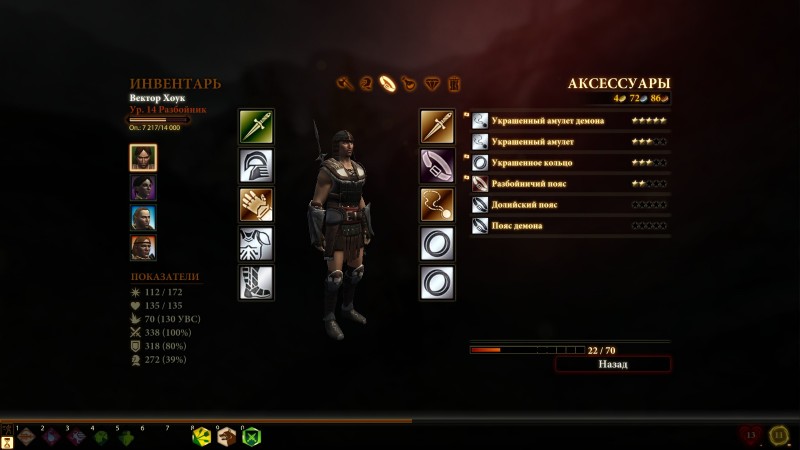
Unorthodox, but convenient inventory screen.
And all of this is great, except for one problem. Along with the flaws of the previous part of DA, its merits were also amputated.
The luxury of dialogues disappeared along with the infamous role-playing. If before you could practically turn all of Ferelden upside down, no worse than Mora, and make your way to the final goal with crazy but still effective methods, now the player’s choice has been reduced to three main options – “the right answer,” “let the game do everything itself,” and “the wrong answer,” and in 95% of cases, you don’t even have to guess which is which. But as long as you don’t wake up from the fast, carrying you on the wings of DA2 created by the developers, you won’t notice the substitutions.
The decorations became cardboard, but to realize this, you first need to look around again. As long as you live in the same rhythm as the game, even the cloned catacombs-caves don’t irritate. But in reality, what kind of shoddy work is this? Dungeons that only differ in the fact that different doors and passages are walled up in different places, is this what we all expected from Dragon Age 2? It is unlikely that an ordinary fan of the game could have guessed that all the action would unfold in one city and its surroundings. In the context of the release of paid downloadable content shortly after the main game’s release, such a policy by the developers looks almost like mockery.
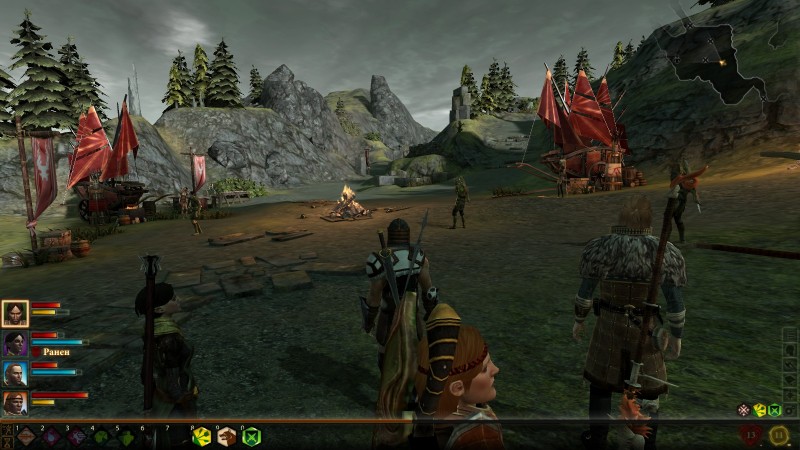
In the camp of the Dolians, we are traditionally not welcome.
Even the conditional challenge that the game threw at gamers has disappeared somewhere. DA2 goes by itself, and no errors can derail this rushing train, which only strengthens the long-awaited associations of DA2 with, um, Final Fantasy XII. It seems that the possibilities for error have been deliberately reduced – unnecessary gifts to team members can no longer be given at all; before “killing the wrong one,” the game client will ask the gamer ten times if they really want to do it, but fights with default hostile NPCs start literally on their own.
Graphically, DA2 is the same Origins, only, in my subjective opinion, brighter, with slightly better-designed character faces. Owners of powerful gaming computers definitely have a reason to be indignant. Strangely enough, Bioware did not manage to finish the high-resolution textures by the game’s release day, releasing them as a separate patch after the release.
Happy is the player who did not wake up from the dream that Bioware disguised as a true sequel. In isolation from the context that did not live up to many expectations of the continuation of the most interesting game Dragon Age 2 is truly an excellent project. If you value lively combat more than twenty dialogue options, and prefer small but action-packed areas over extensive geography, then DA2 is your perfect RPG. It is unlikely that you will be able to “live” in it, deliberately stretching time and savoring individual episodes, like in Origins, but simply completing it is very interesting.

… and no one and nothing will stop us.
P.S.
And once again about downloadable add-ons. Instantly asking for separate money for a storyline branch not included in the game is some kind of outrageous audacity and greed. My employer provided me with a free license key to review DA2, but if I were one of those who paid their hard-earned money for the game and received such a slap in the face from the gamers, I would be simply infuriated. Bioware did not deliver the most content-packed work; it gives the impression that the company intentionally cut off some (many?) pieces from the already finished product that could have been included in the main client, and now plans to openly milk it as separate downloadable content, roughly speaking, – games for $60 plus an additional $20 (Bioware won’t limit itself to just one downloadable add-on, that’s obvious). Selling it for $80 right away seems shameful, especially for digital copies, but it doesn’t bother their conscience, and the public won’t dig deeper.
Bioware, this is low.
Share
Discuss
More Reviews
